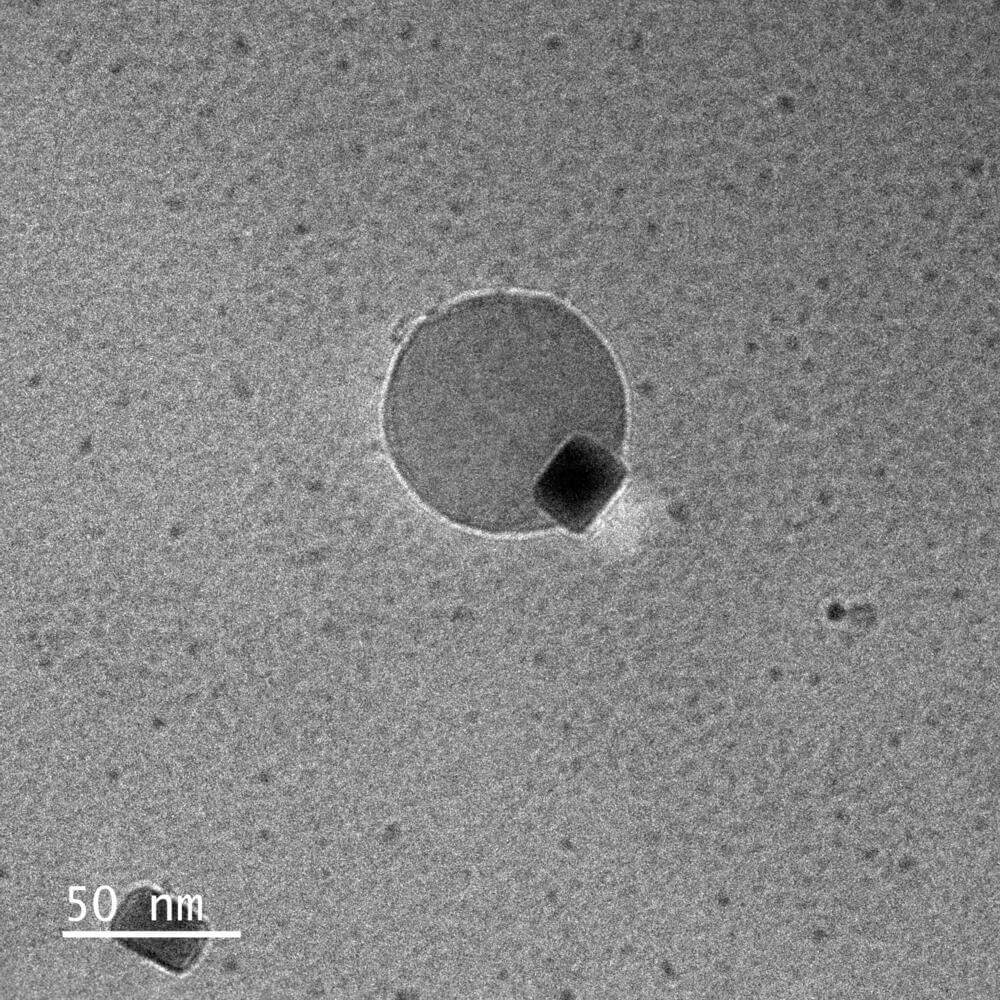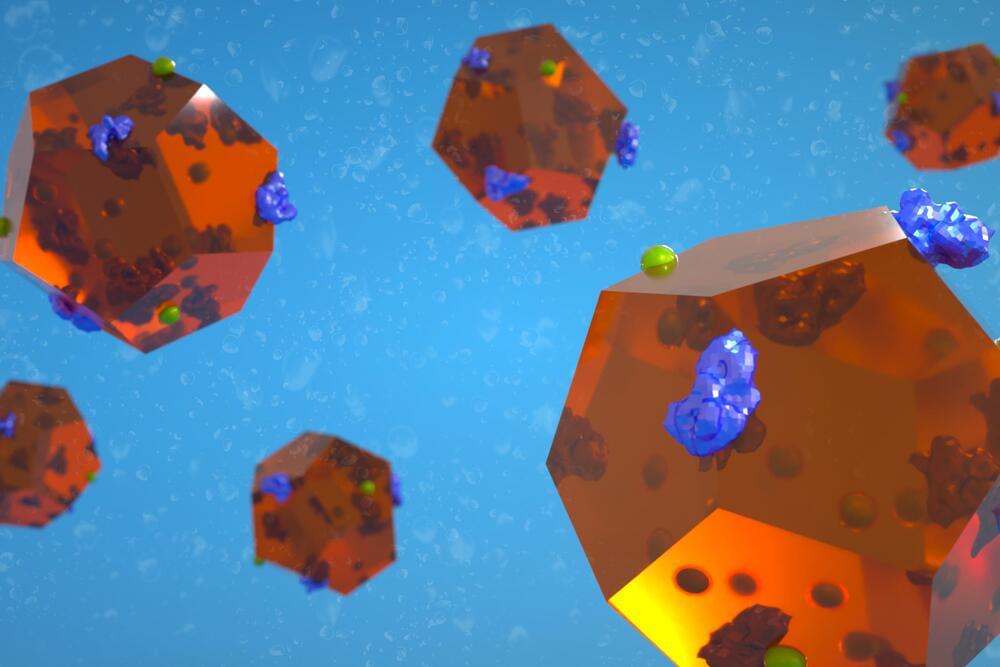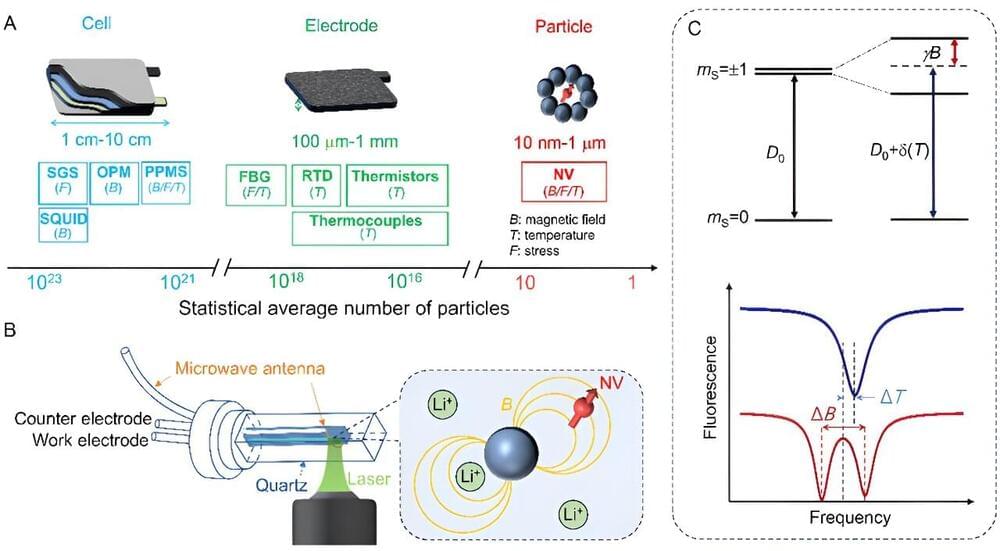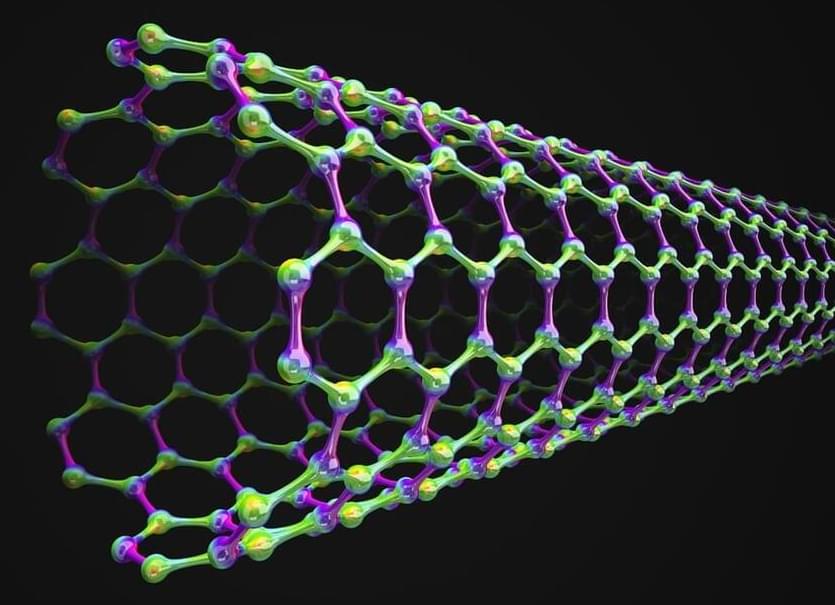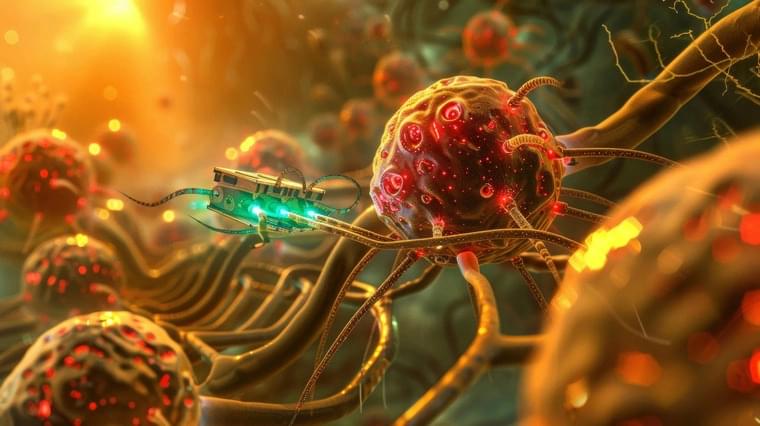“It’s a known phenomenon, but it was never fully understood,” said Yukun Liu, the study’s first author and a Ph.D. candidate in Dravid’s laboratory. “Because you really need to be able to combine the direct visualization of water generation and the structure analysis at the atomic scale in order to figure out what’s happening with the reaction and how to optimize it.”
But viewing the process with atomic precision was simply impossible—until nine months ago. In January 2024, Dravid’s team unveiled a novel method to analyze gas molecules in real time. Dravid and his team developed an ultra-thin glassy membrane that holds gas molecules within honeycomb-shaped nanoreactors, so they can be viewed within high-vacuum transmission electron microscopes.
With the new technique, previously published in Science Advances, researchers can examine samples in atmospheric pressure gas at a resolution of just 0.102 nanometers, compared to a 0.236-nanometer resolution using other state-of-the-art tools. The technique also enabled, for the first time, concurrent spectral and reciprocal information analysis.
